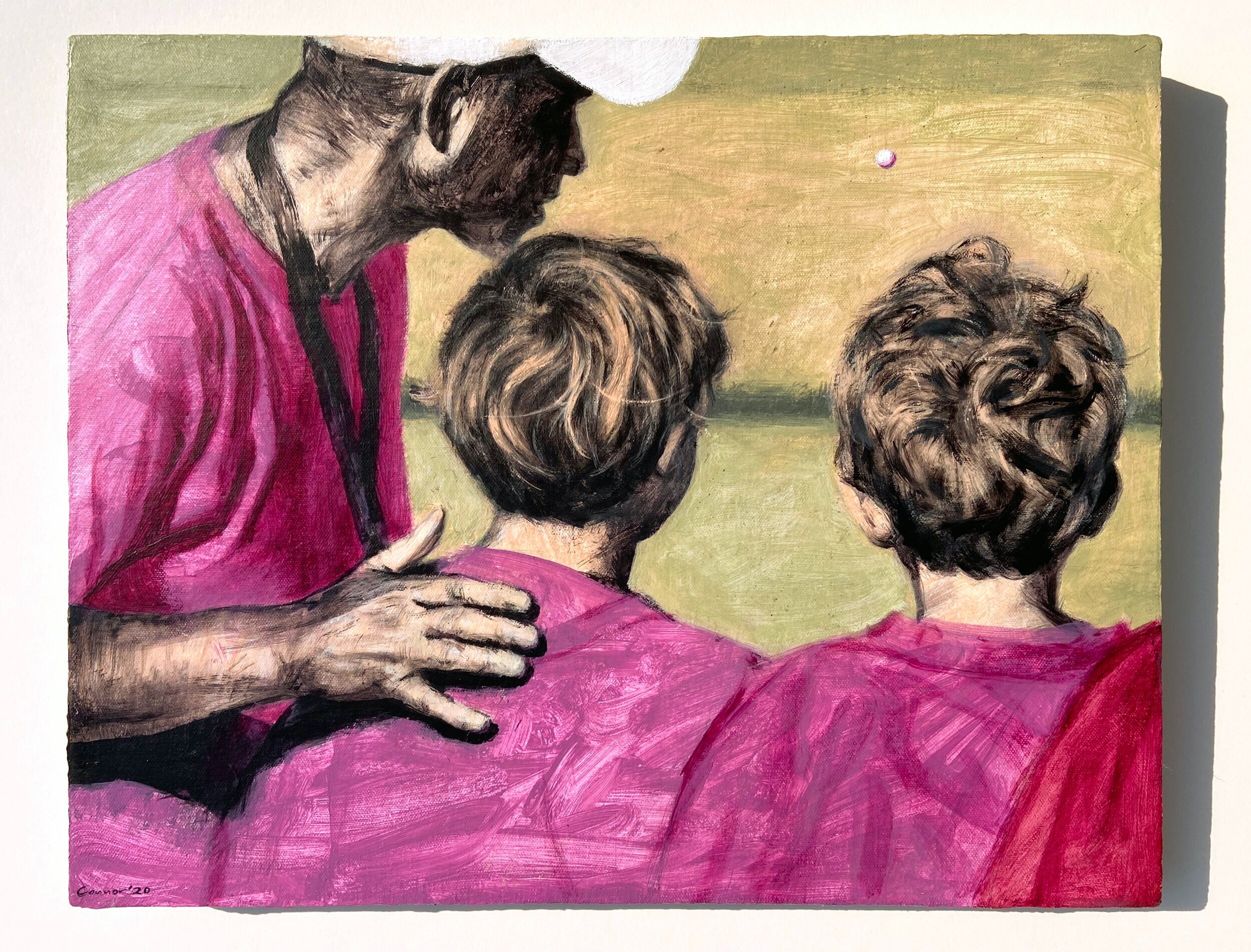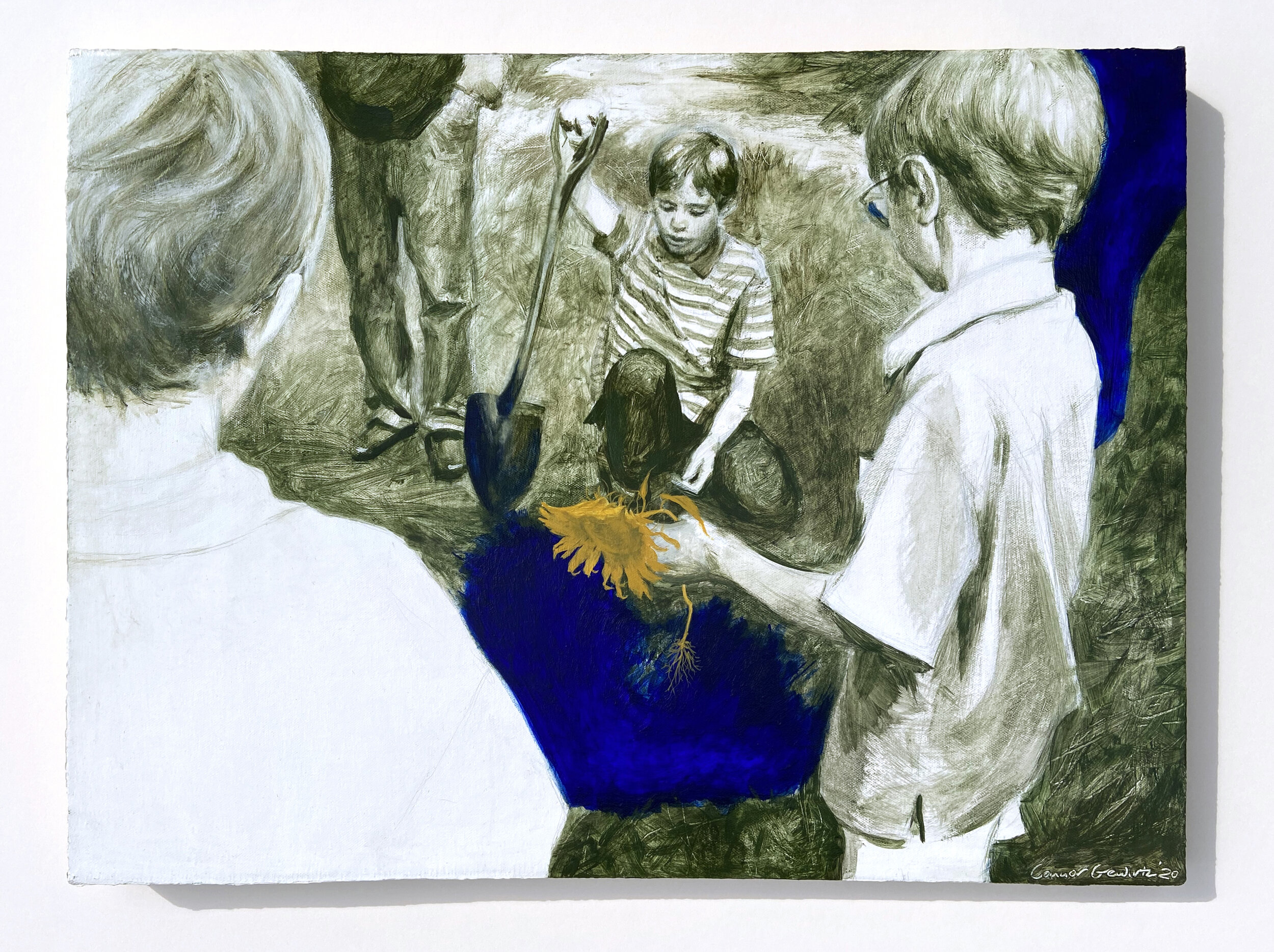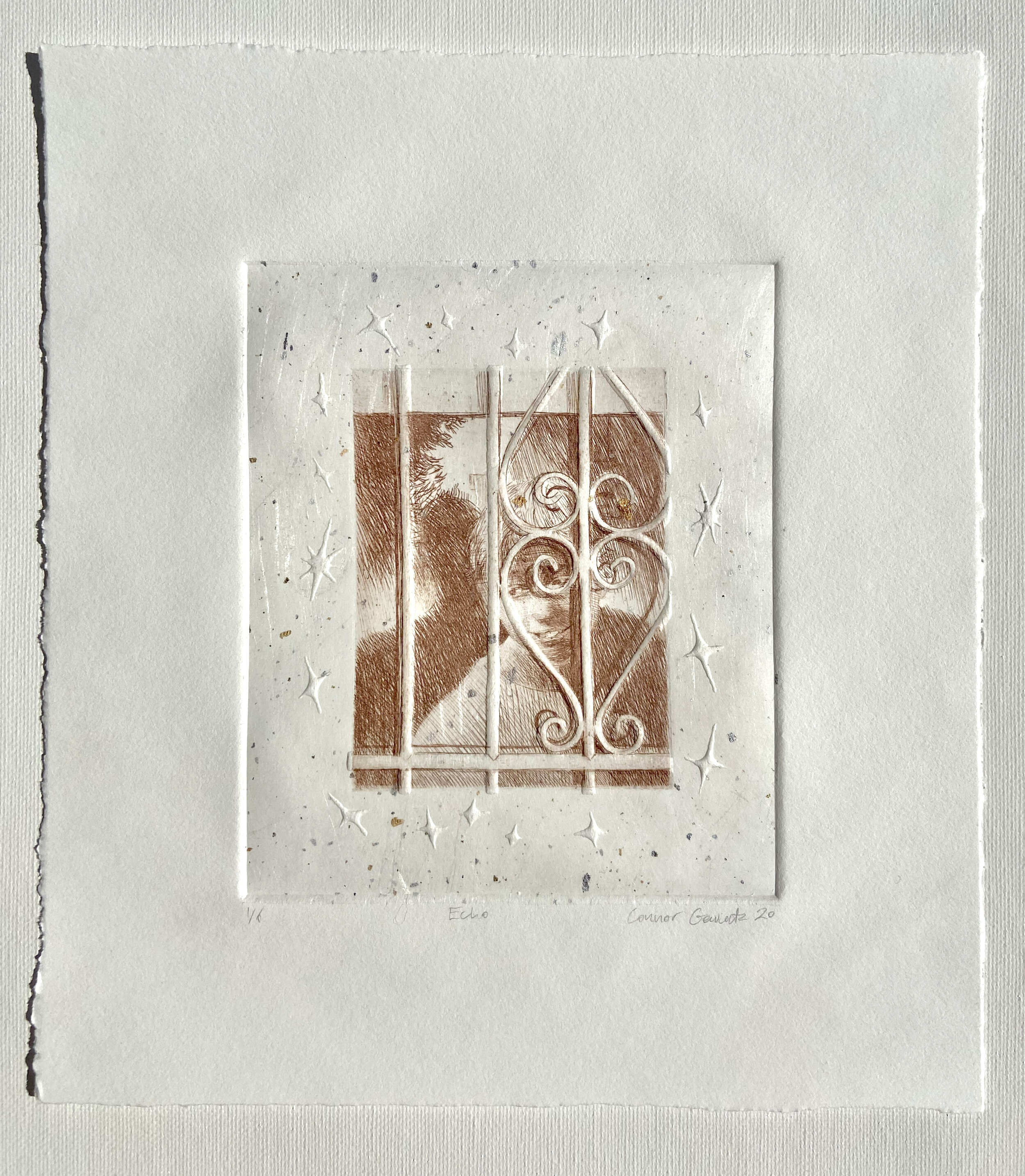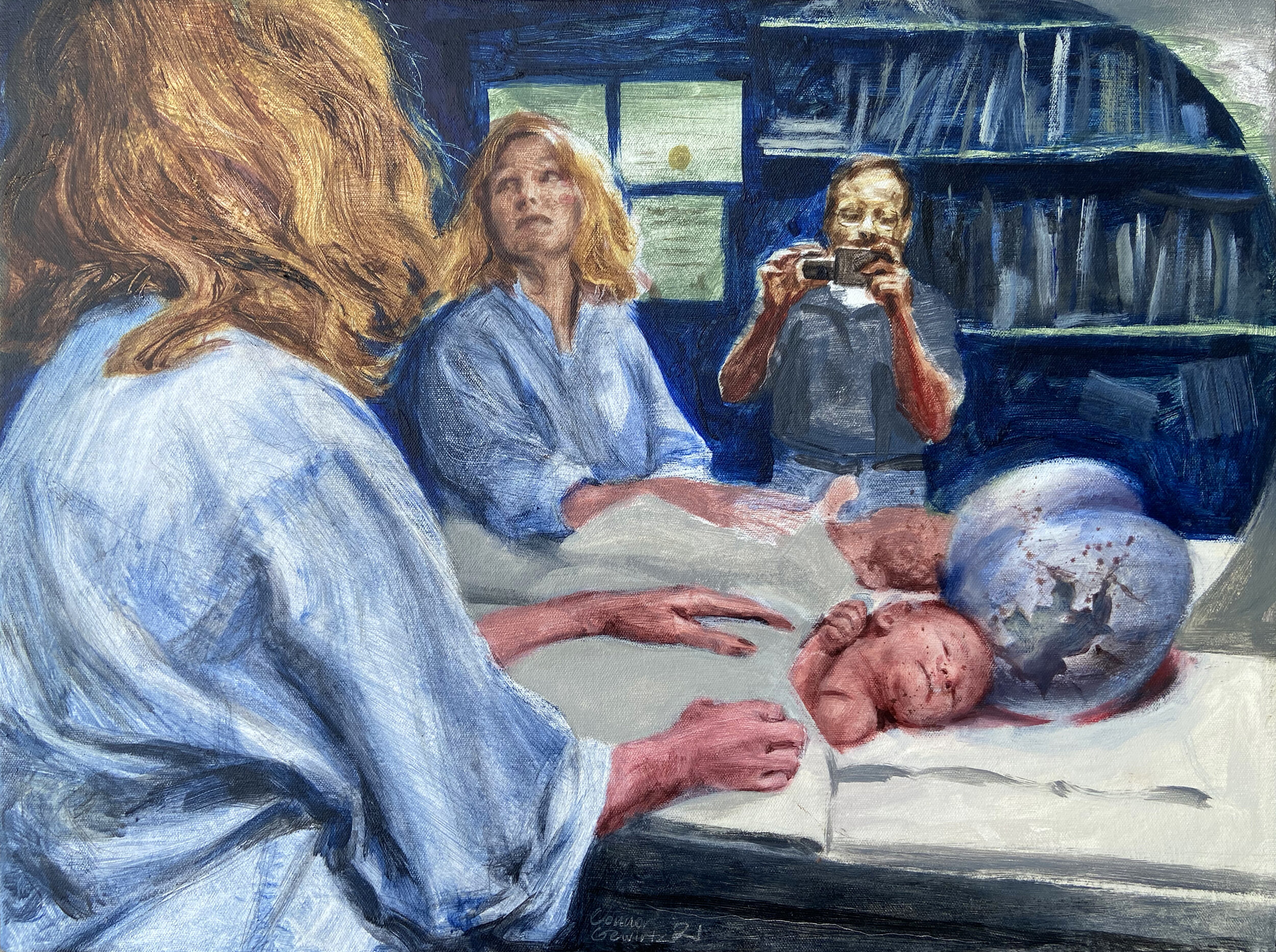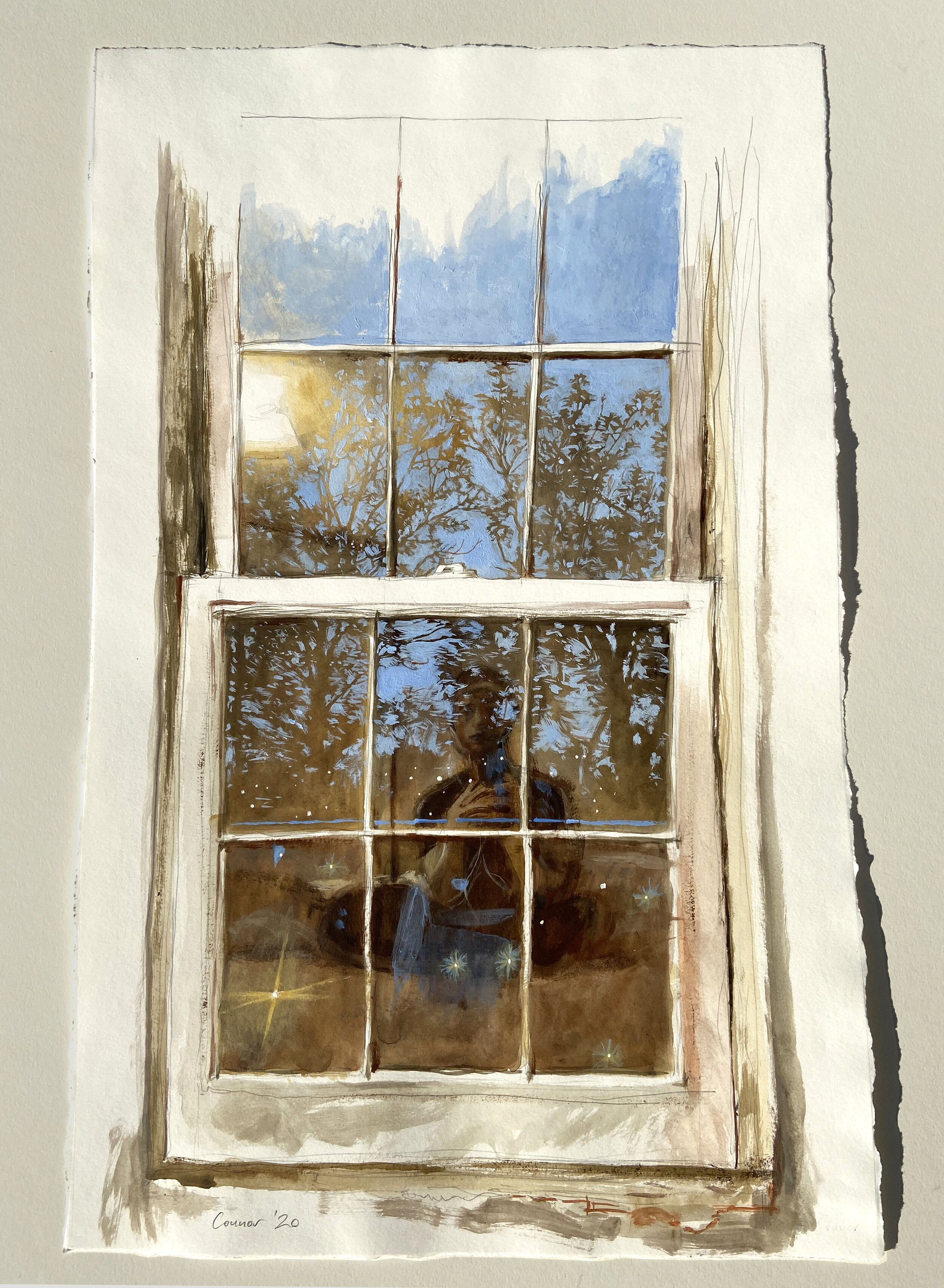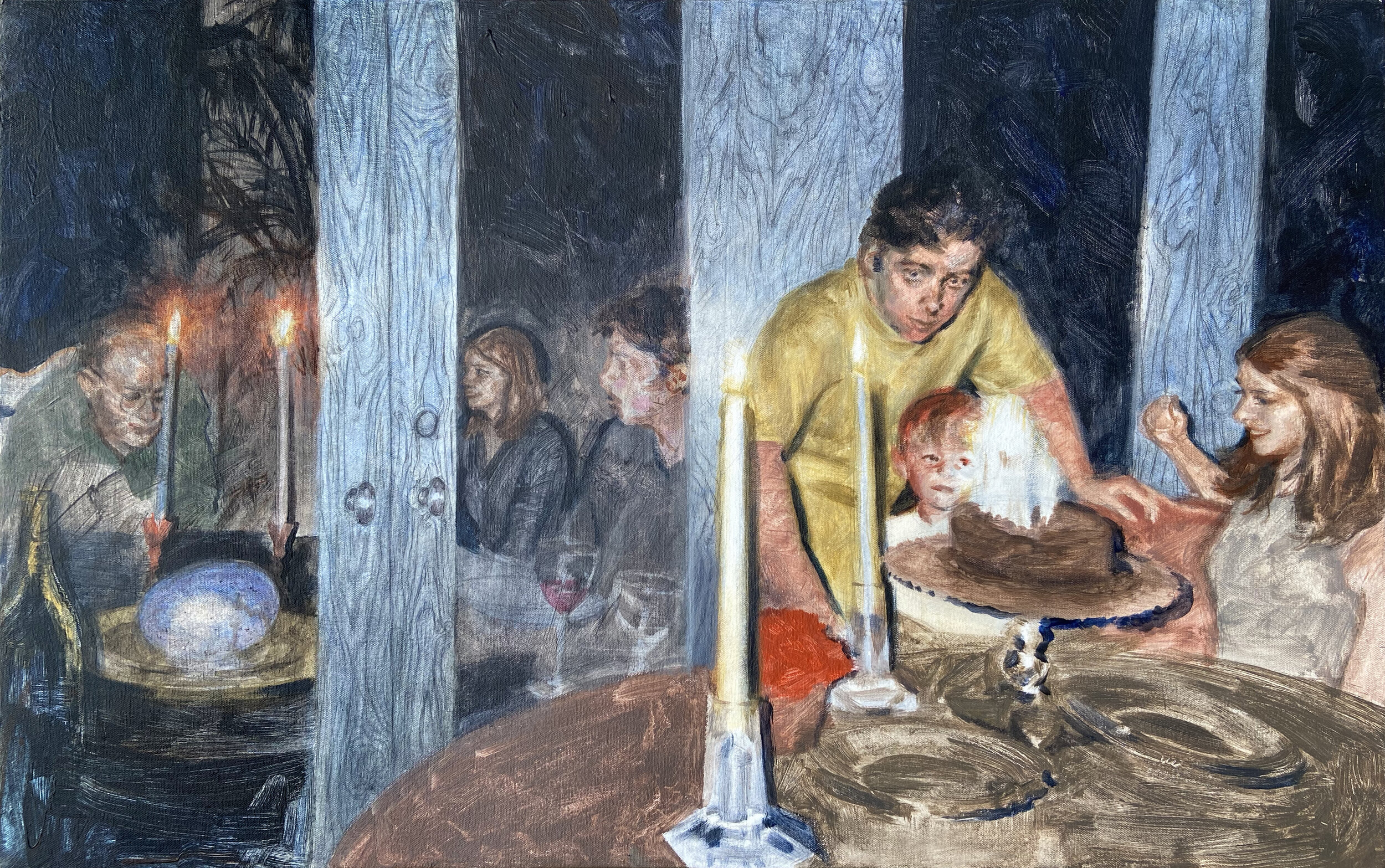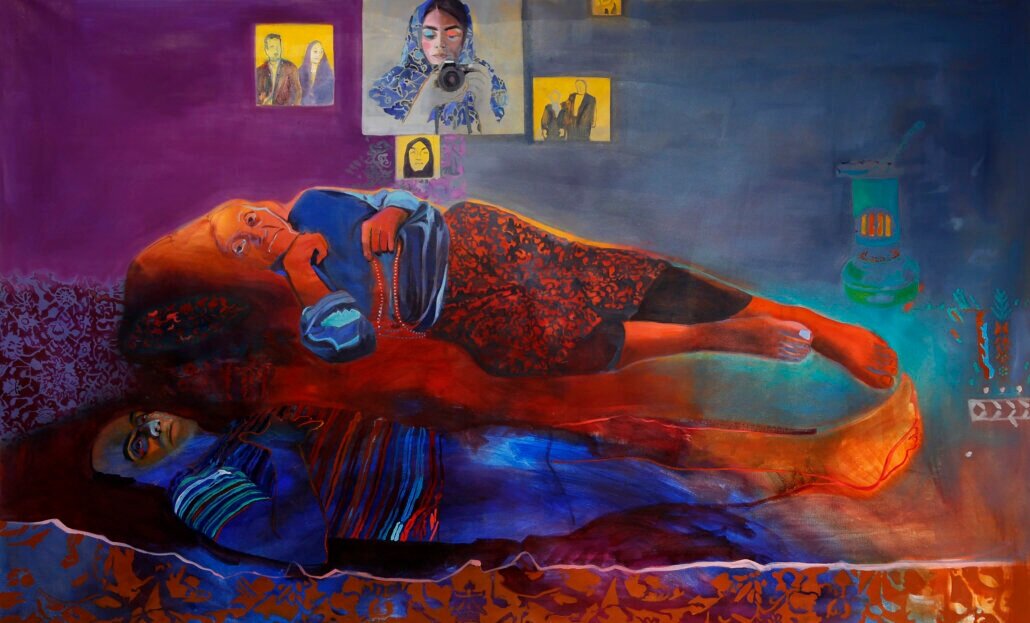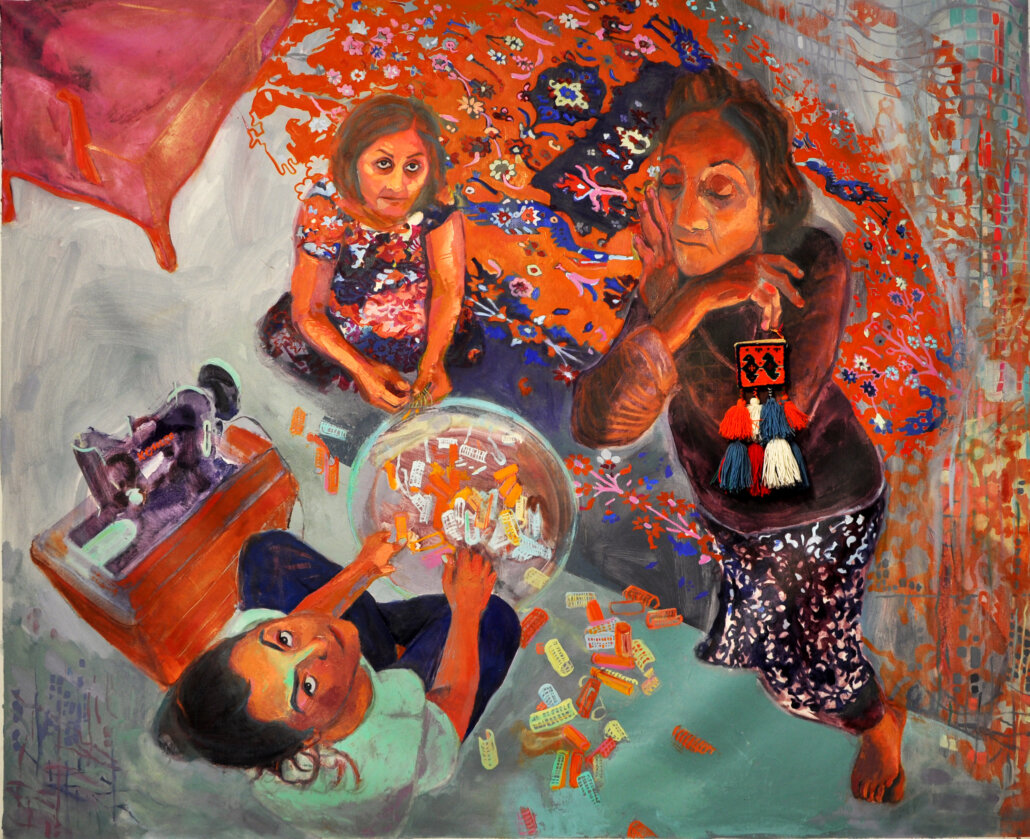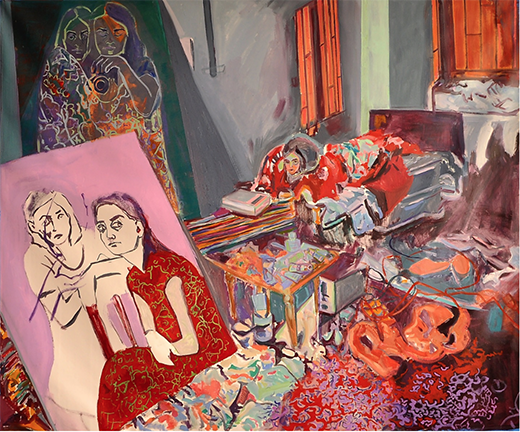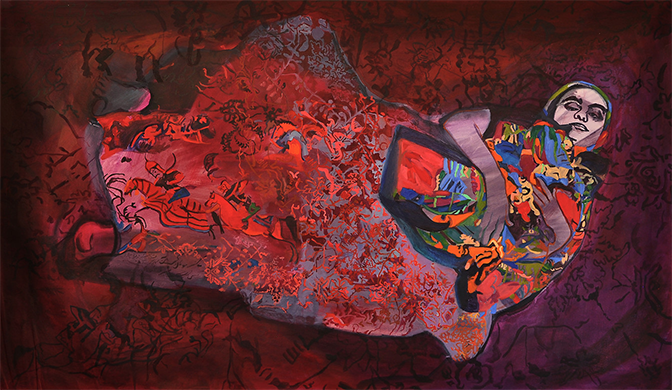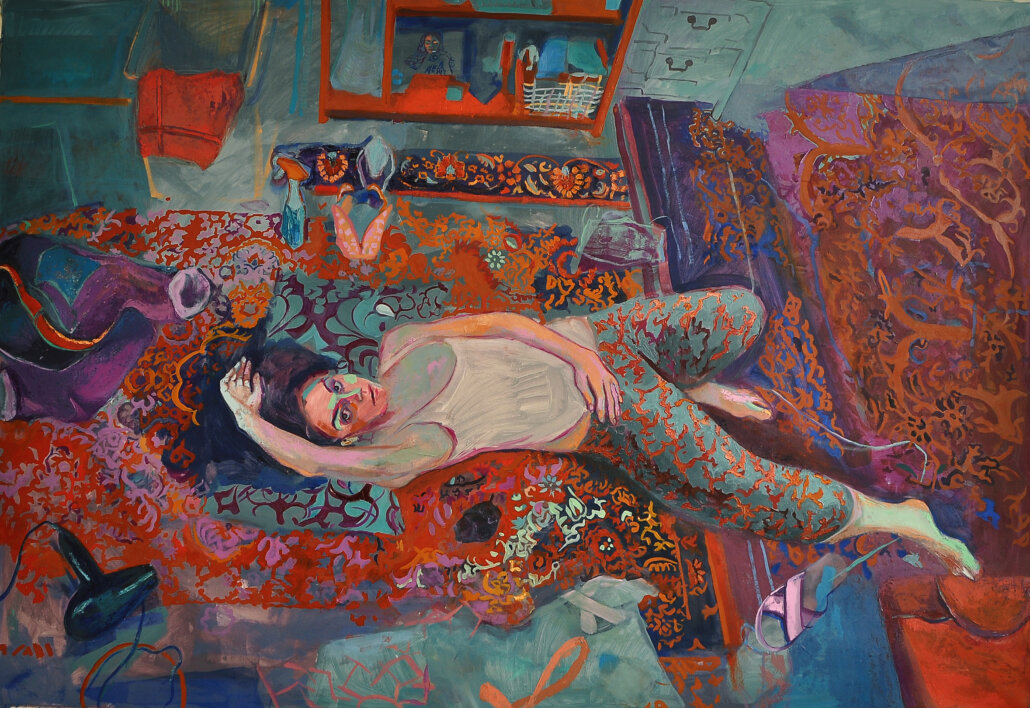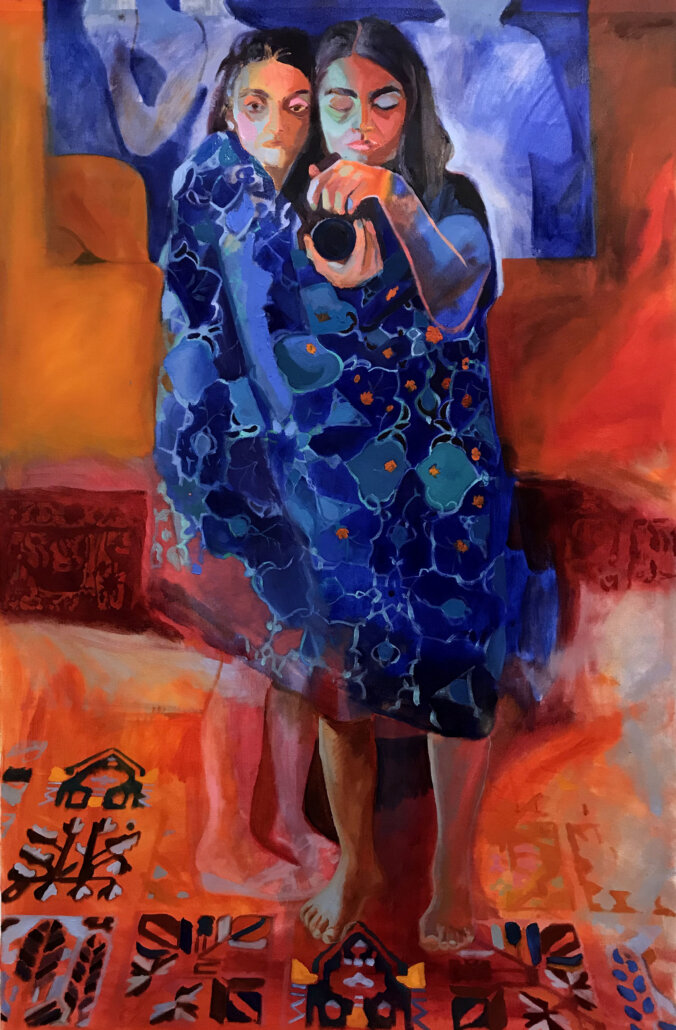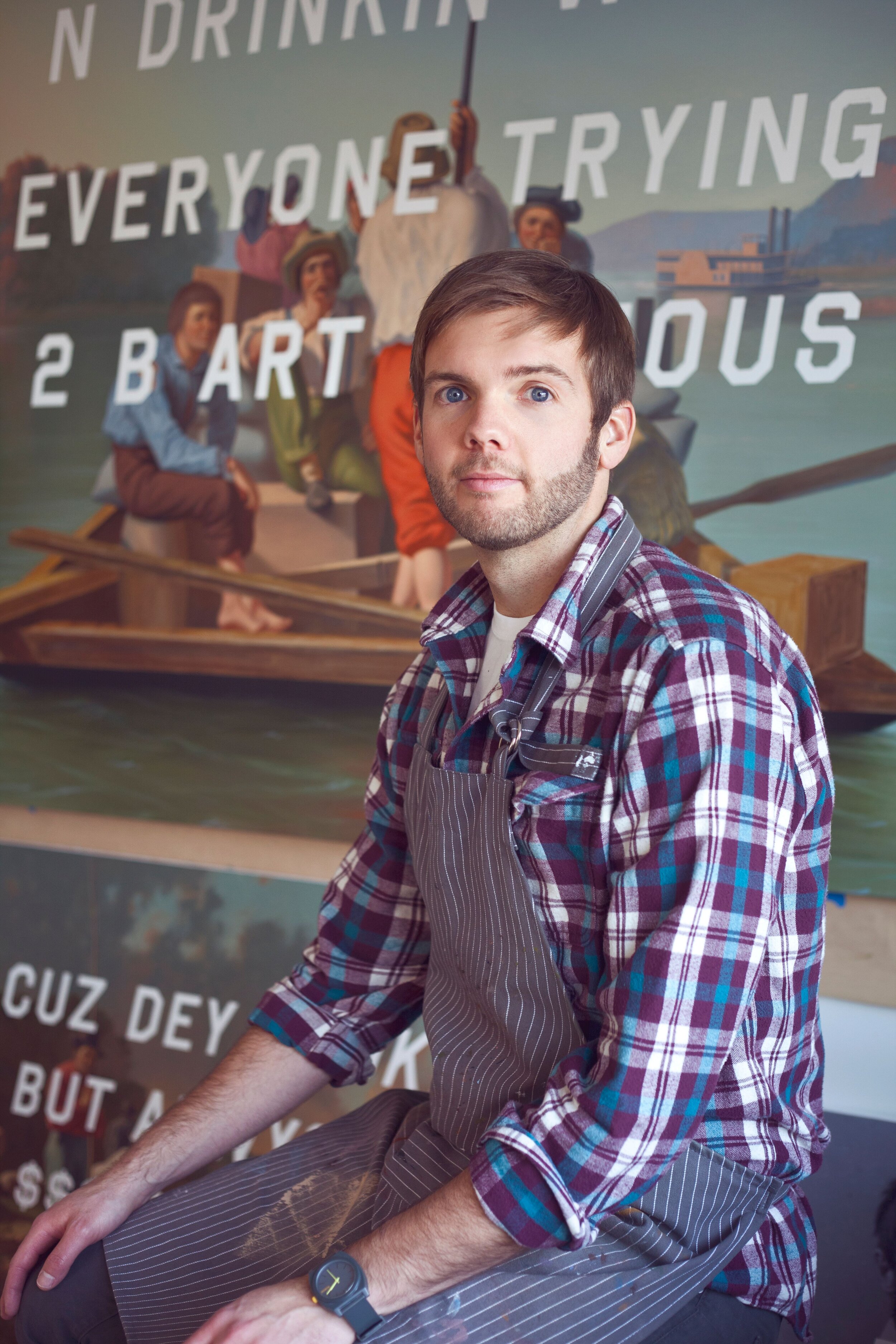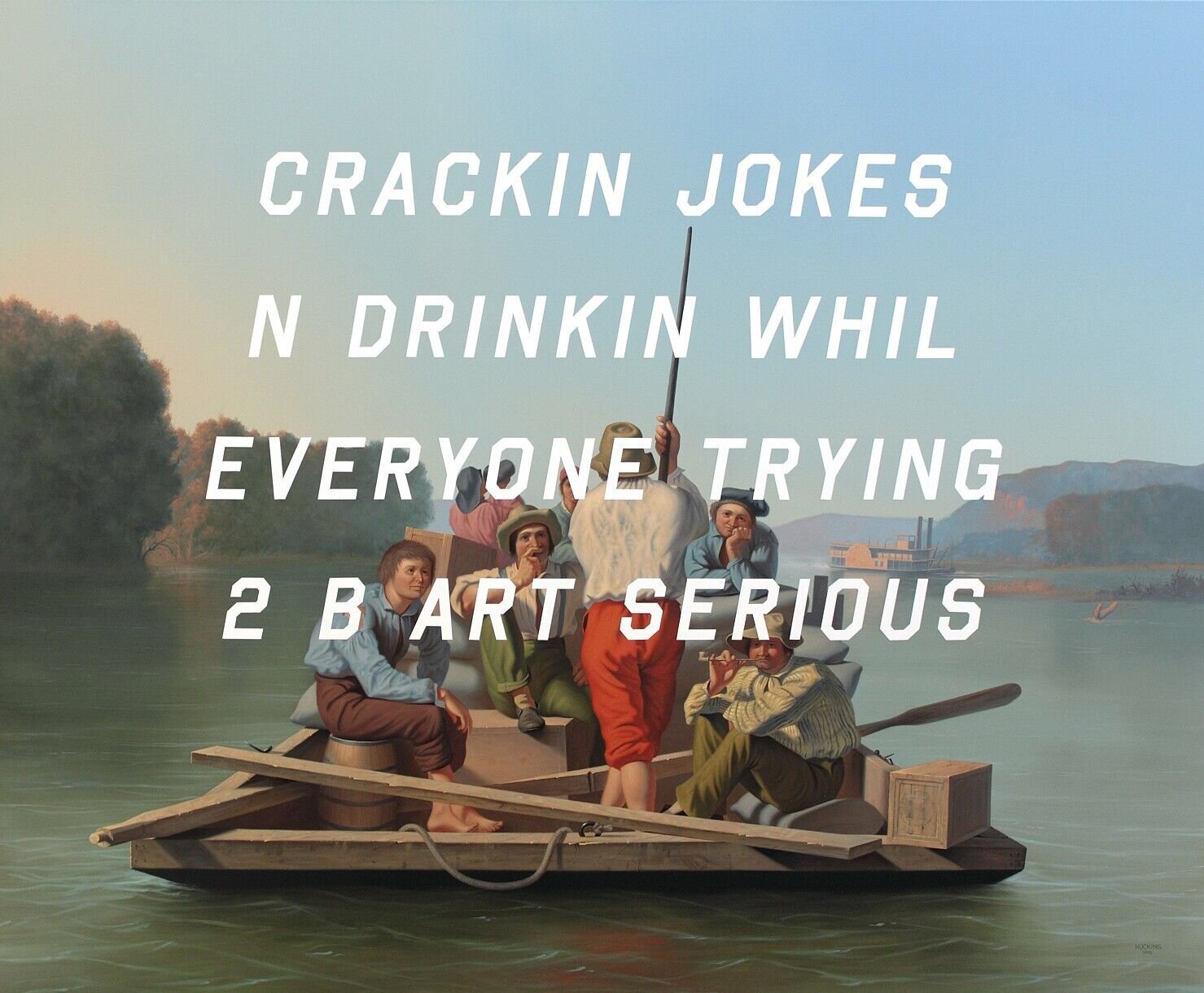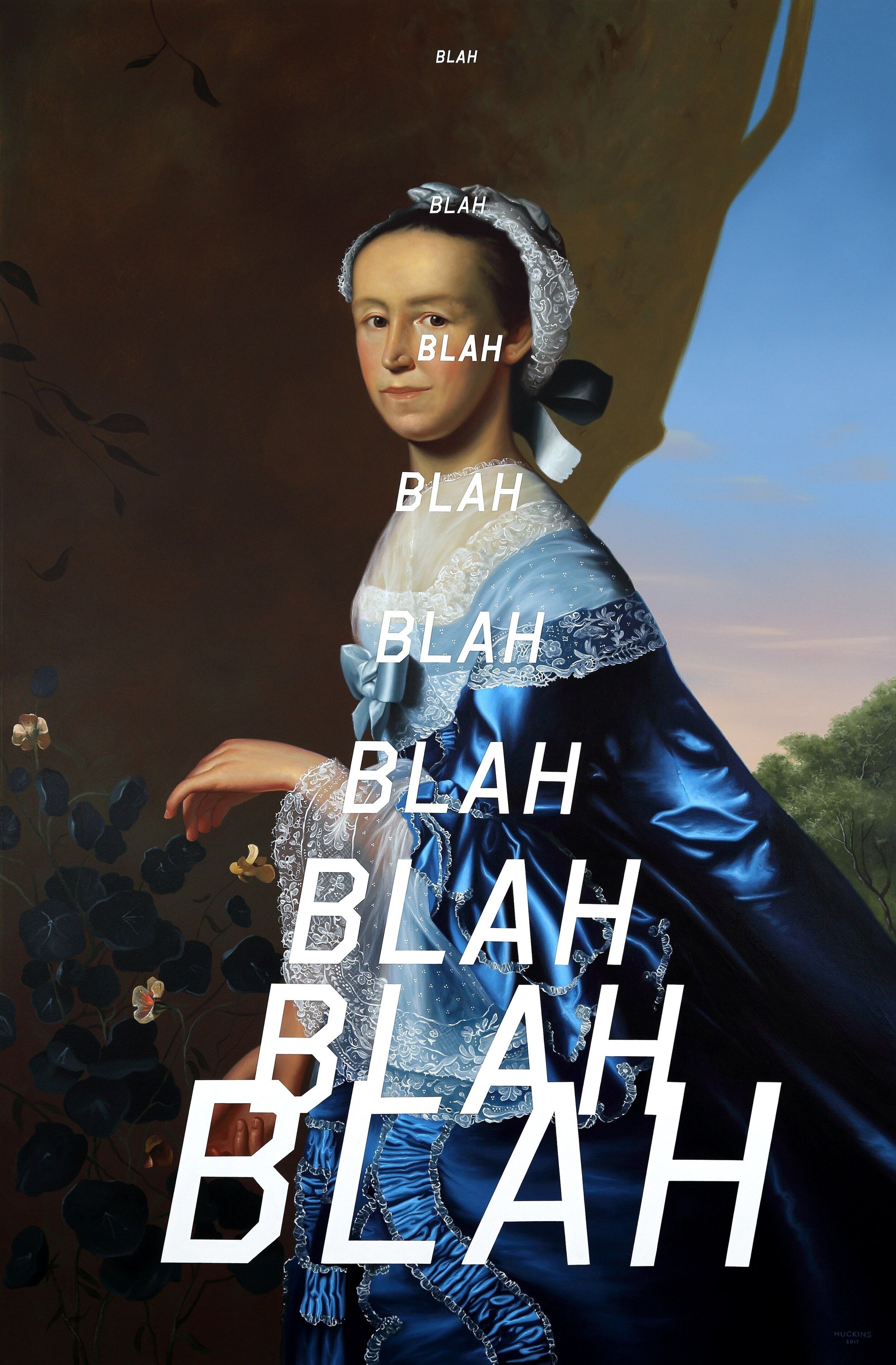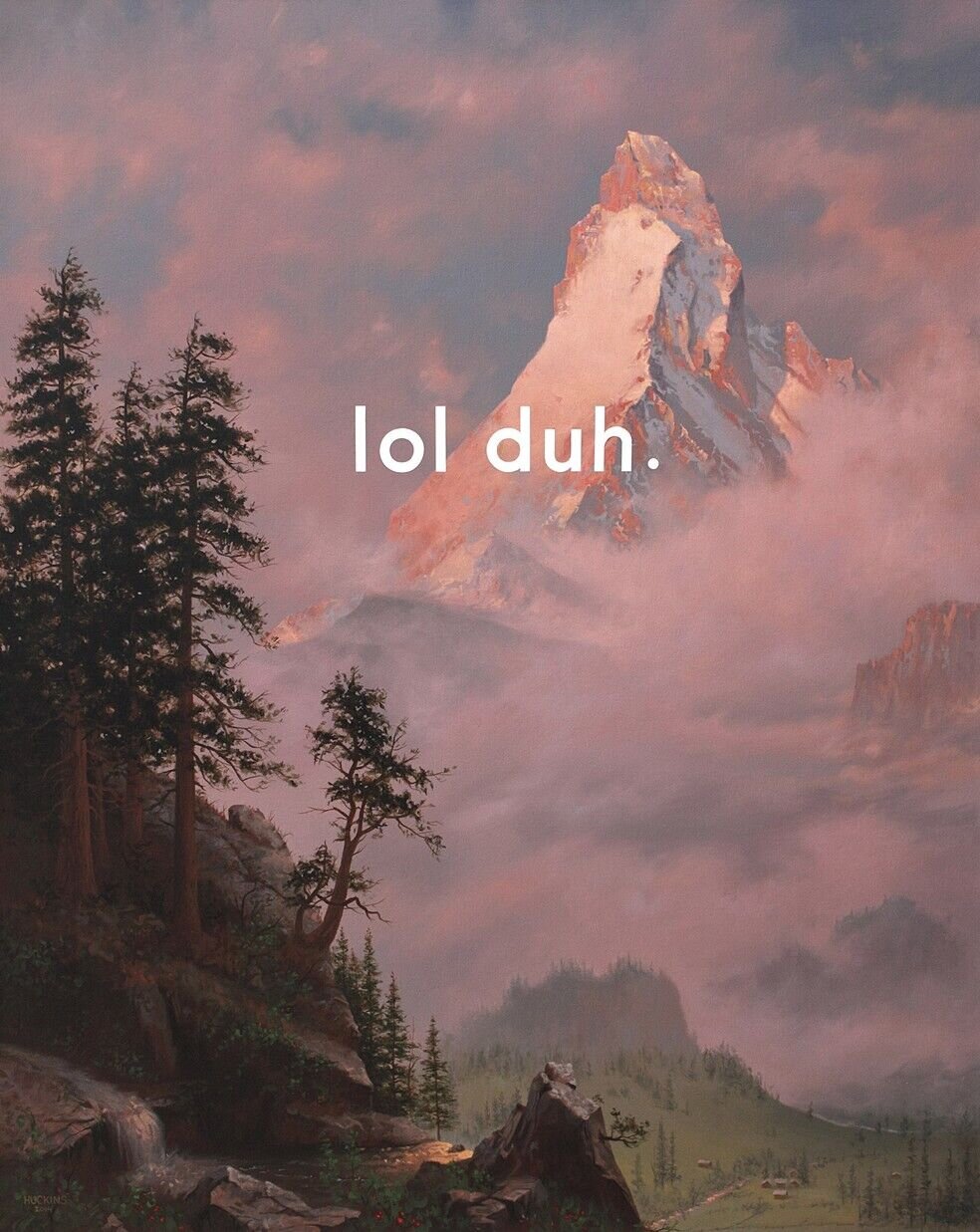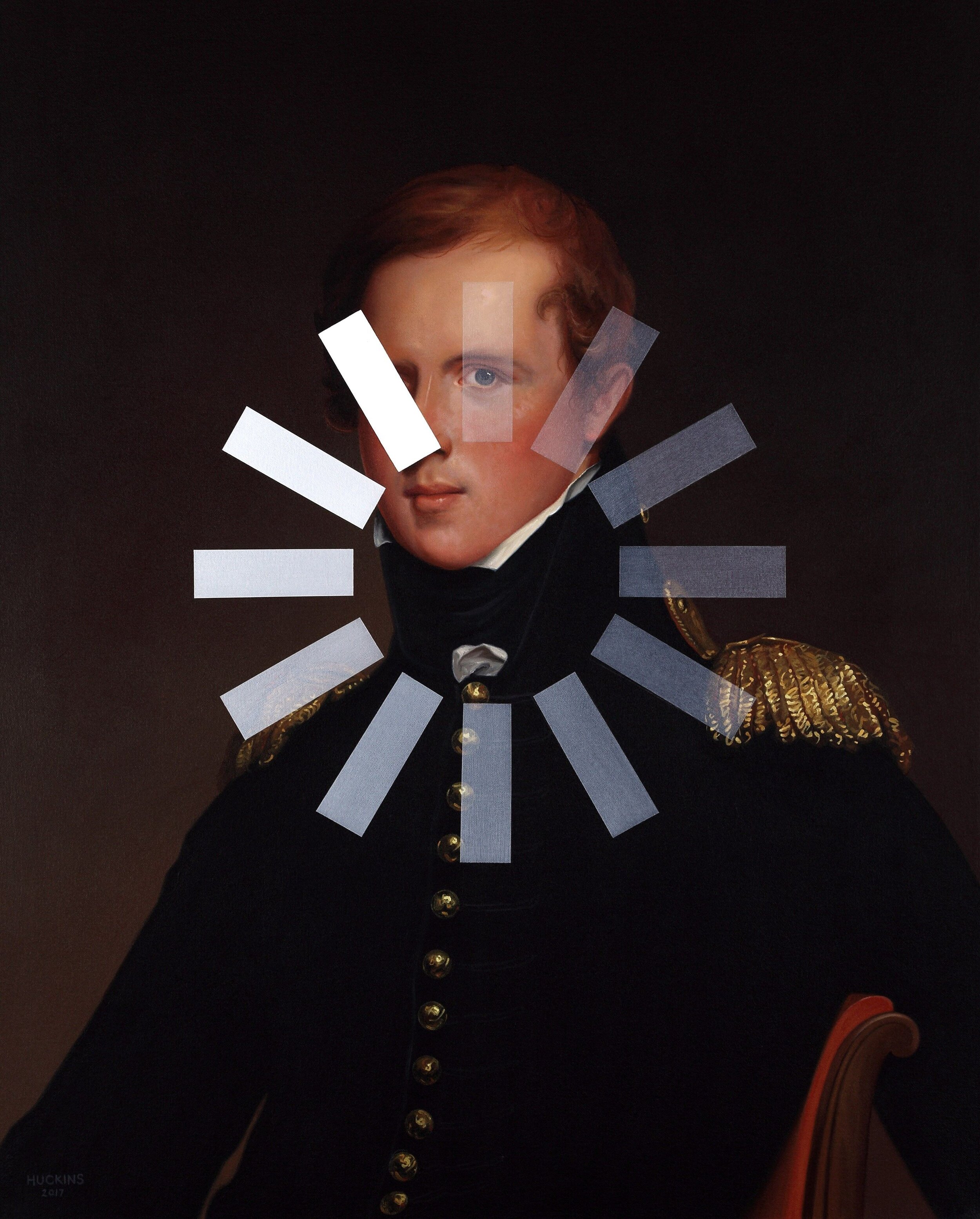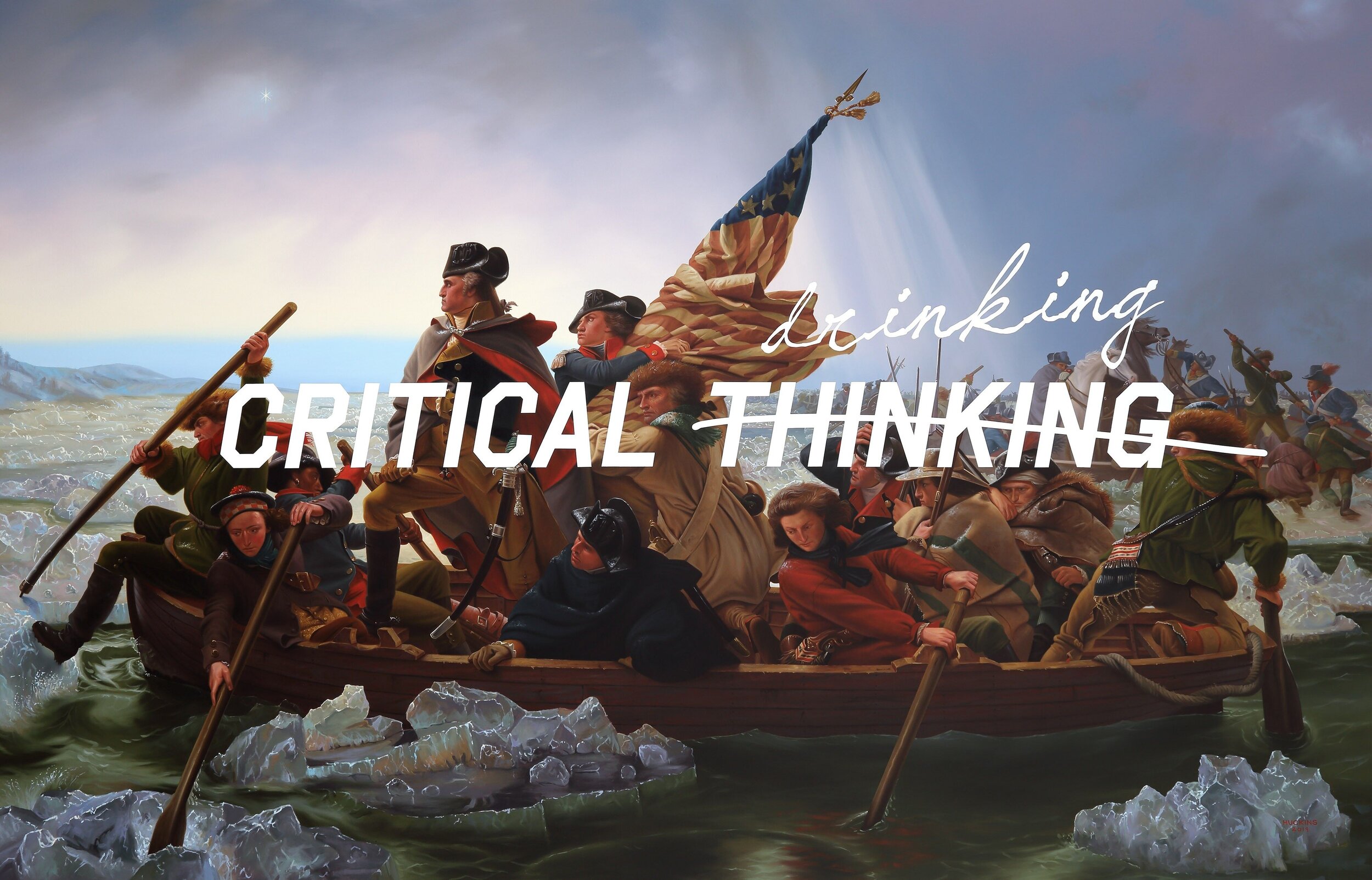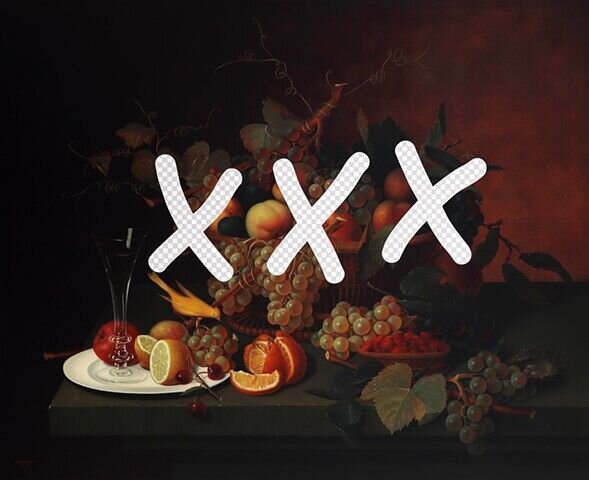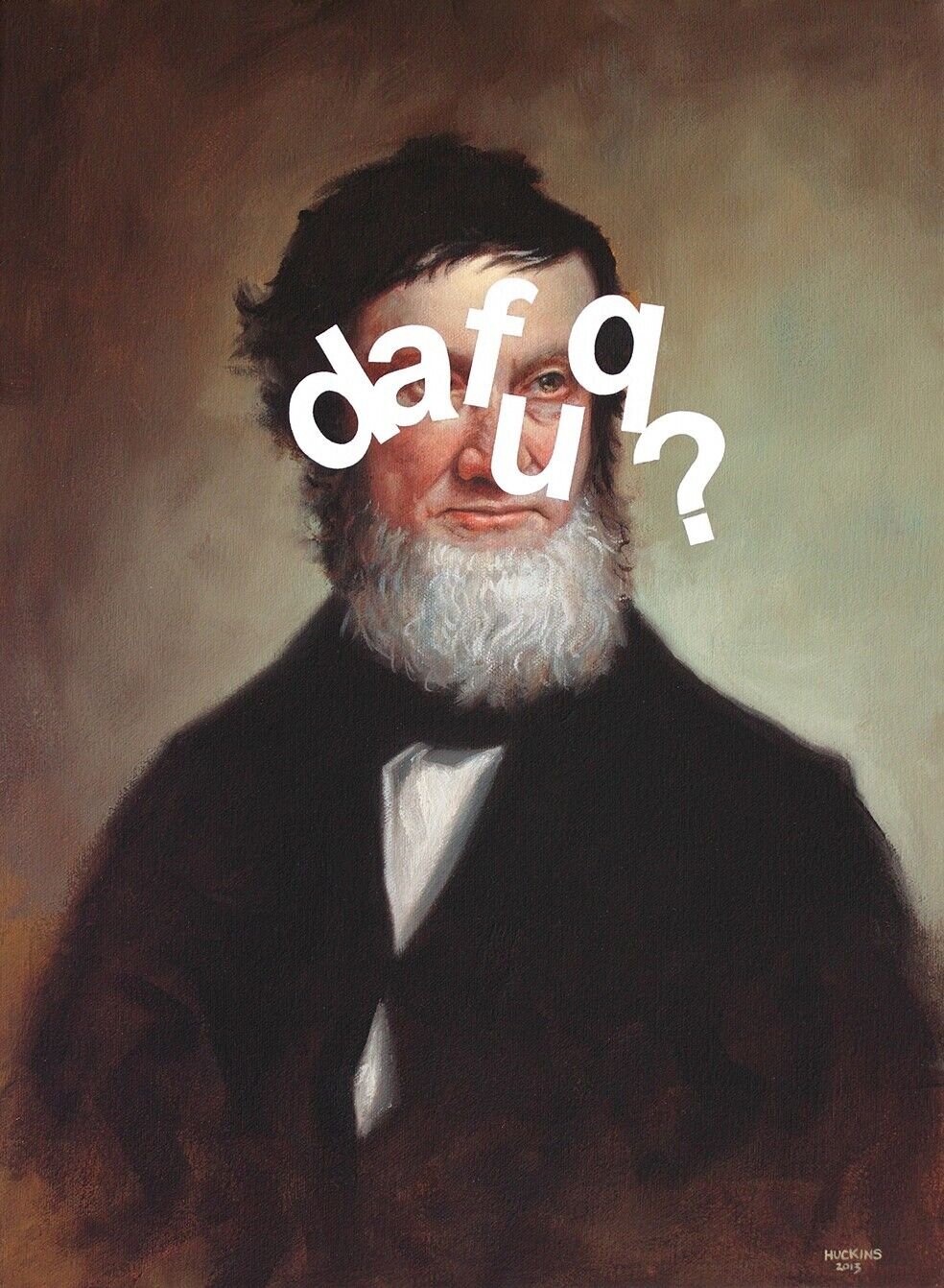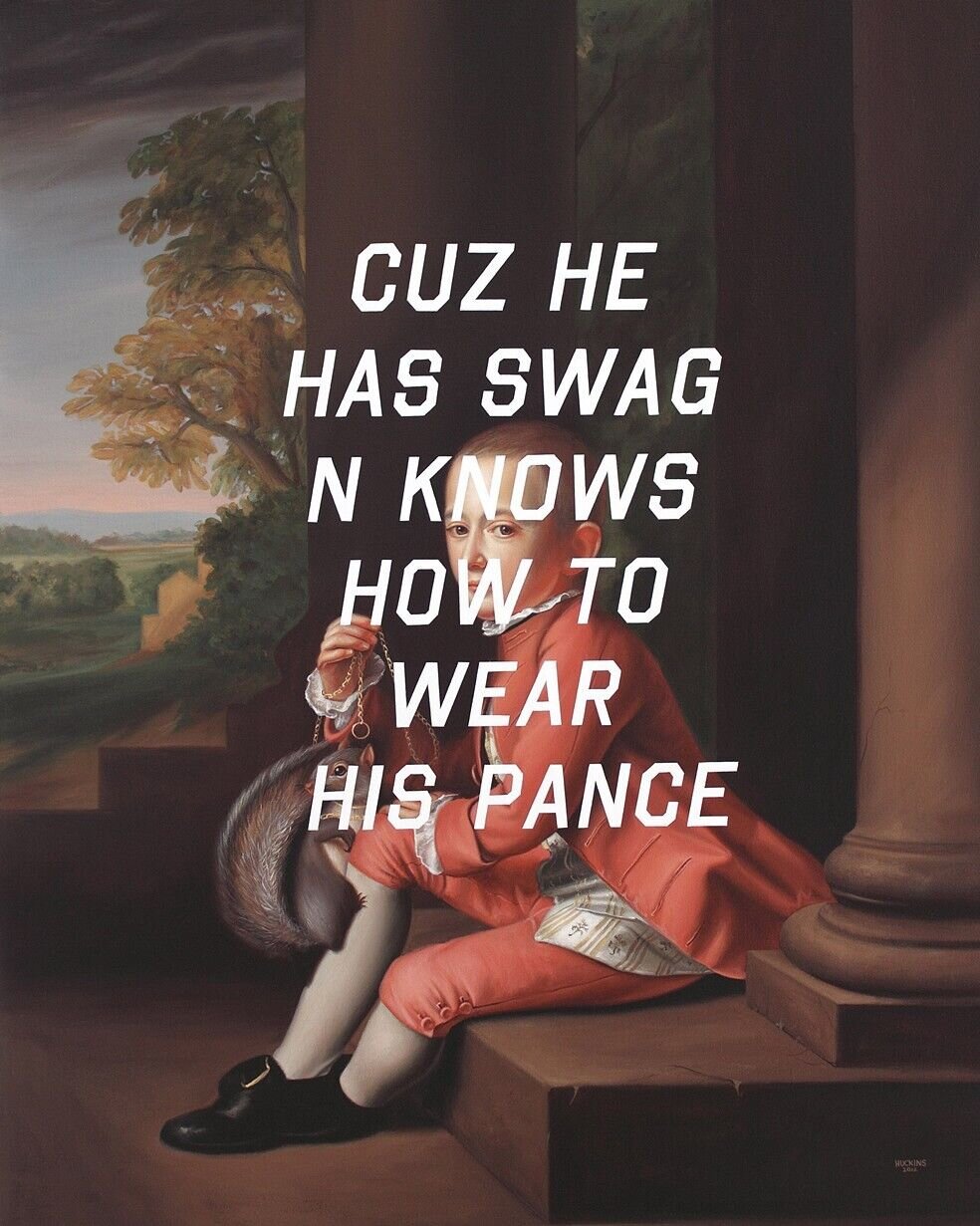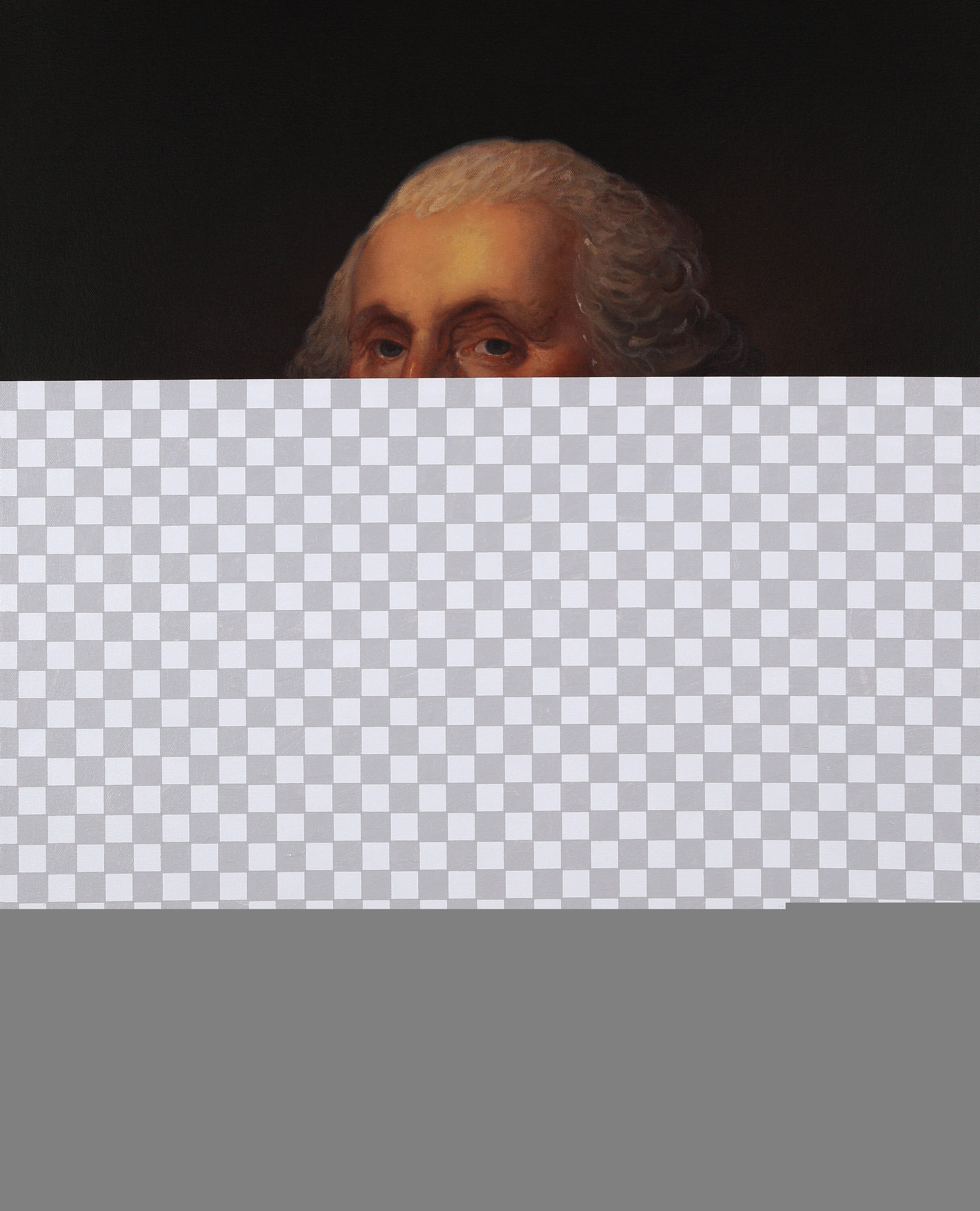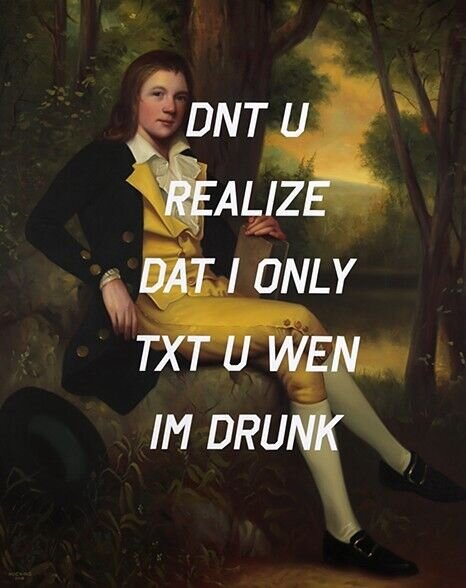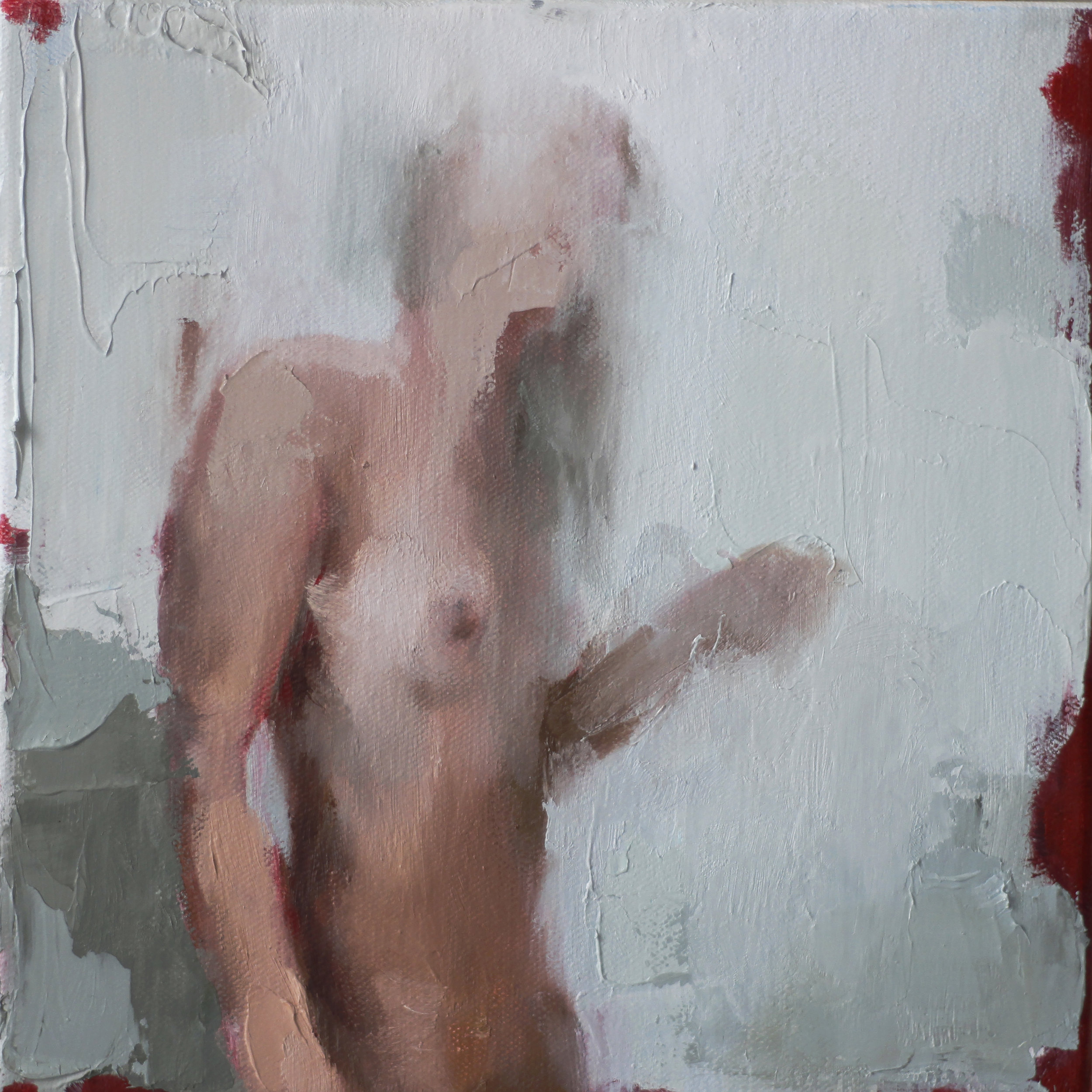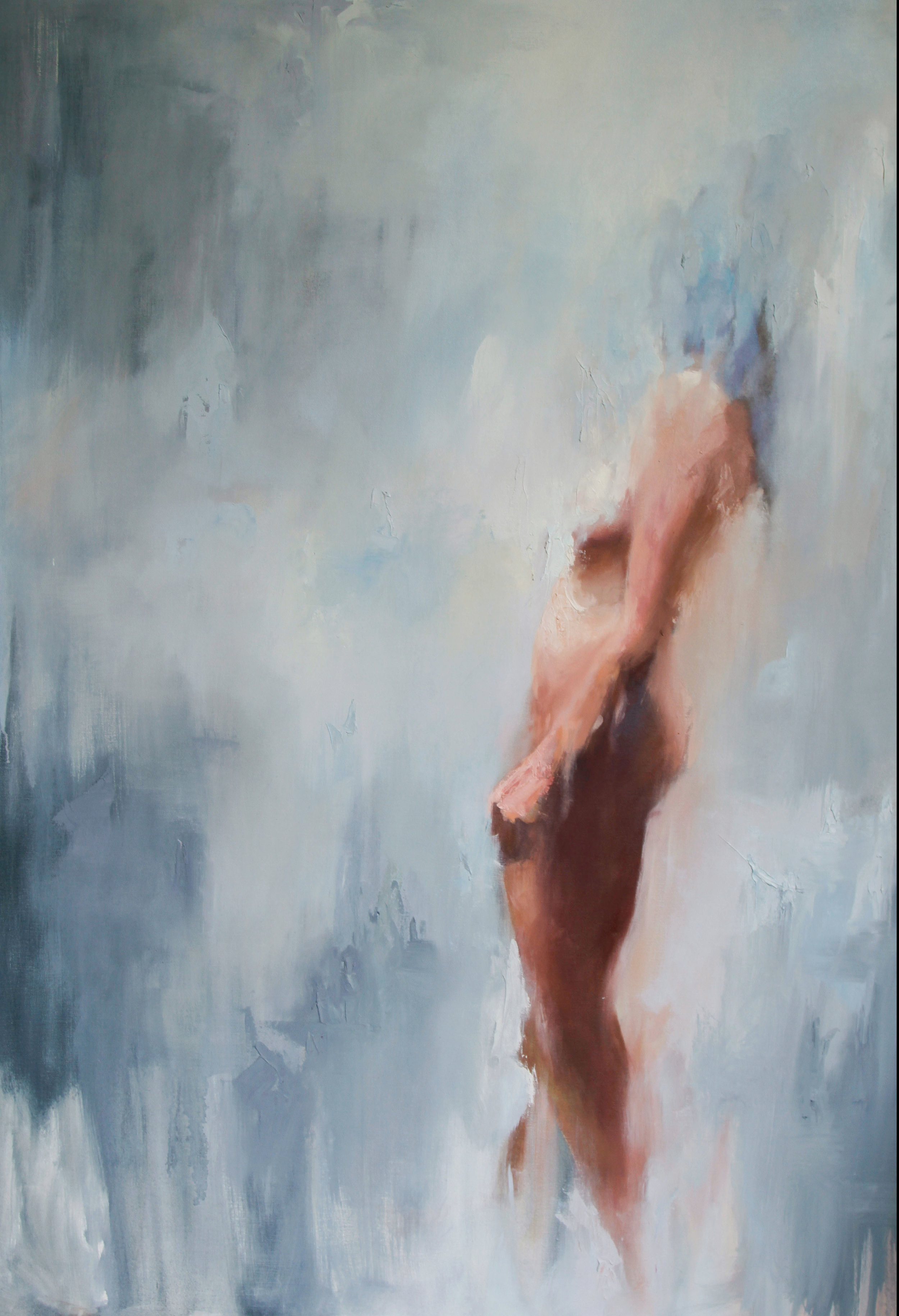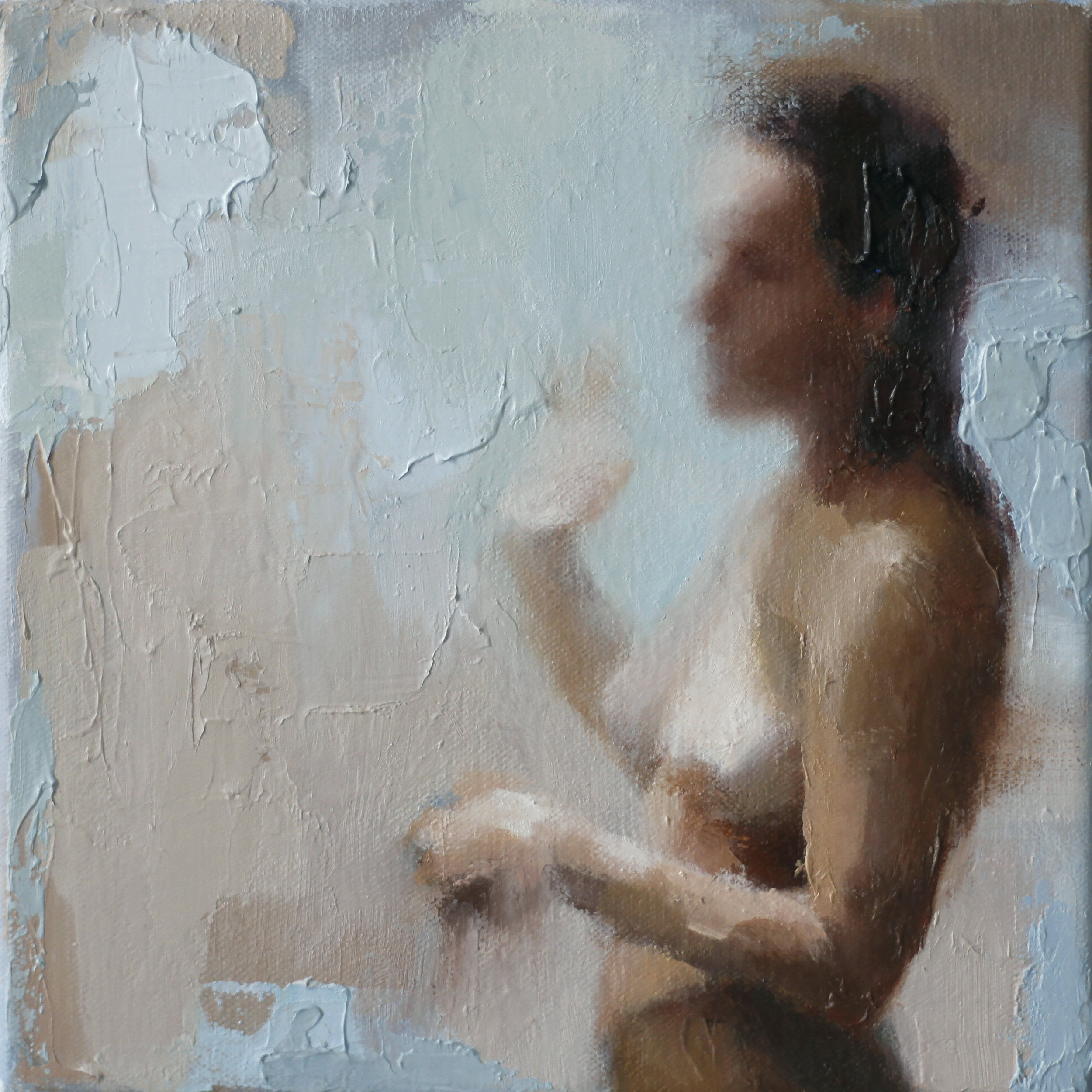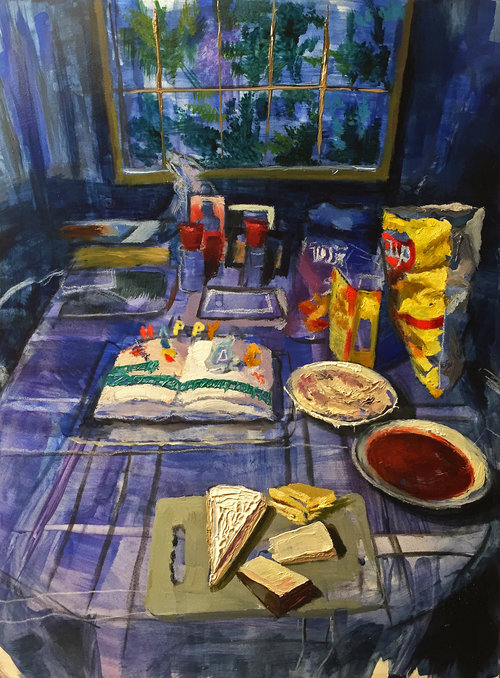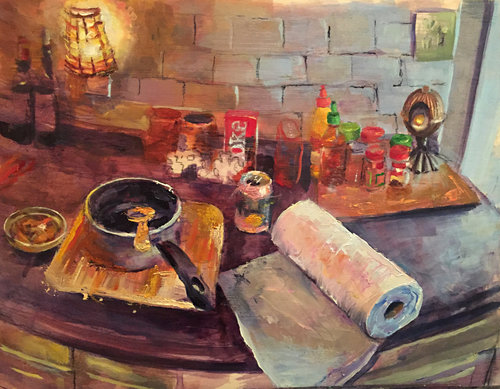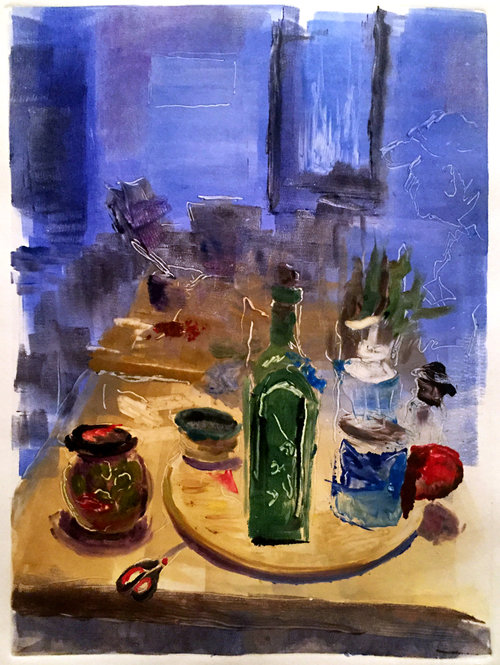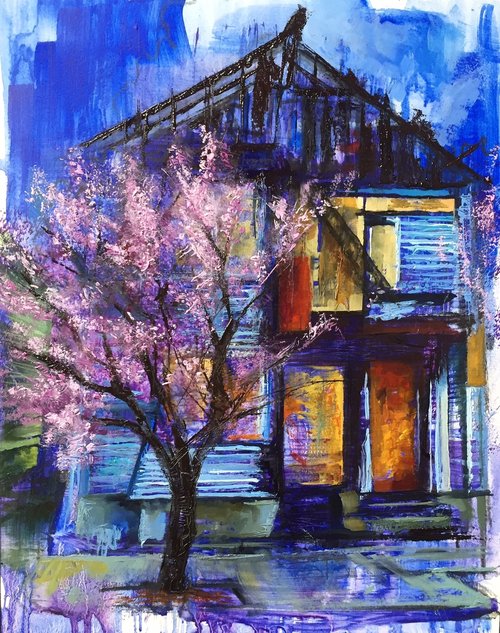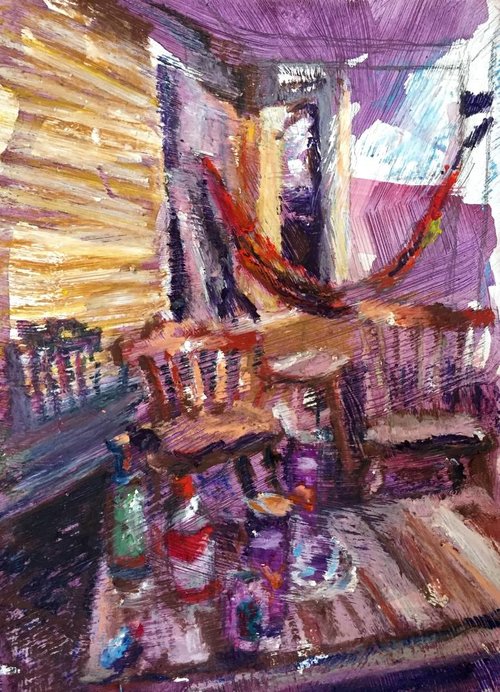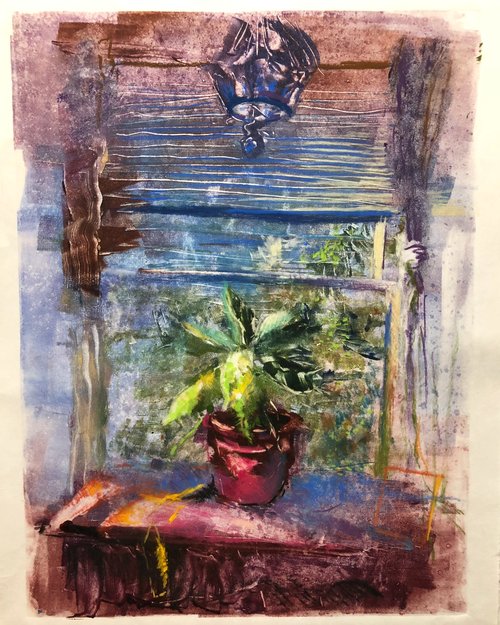Fall is a time when small works shows take over galleries across New England. These often annual affairs encourage artists to make pieces in little scales and at modest price points. They can be a challenge for makers who tend to work big, but allow artists to share their work and for collectors to buy great things that fit into their homes and budgets. Many organizations require membership to take part in their small works shows, but there are some that are open to a broader artistic pool. Below are a few select calls for small art going on throughout the region. They are listed in order by deadline date. For information on each of these calls, please reach out to the respective gallery or organization.
The Local New London
The Great Big Little Art Show
Deadline: Registration begins September 27, Rolling
The Local, a new art gallery and event space in New London, Connecticut is hosting a little art show in which the gallery will provide participating artists with three 10” x 10” canvases for a fee of $25. The resulting exhibition will take place November 22 - January 3. Viewers will be able to vote for favorites and three top works will receive $100 prizes and a future three person show. Details on this show are available at www.thelocalnewlondon.com.
Pillar Gallery + Projects
NANO
Deadline: October 15, 2024
Pillar Gallery in Concord, New Hampshire is taking submission for its NANO small works show. Two-dimension works may be a maximum of 6” x 6” or 8” x 8” if framed and three-dimensional works may be 4” x 4” x 4”. There is a suggested application fee of $5. Full details, application, and contract can be found at www.pillargalleryprojects.com.
Artistree Community Arts Center
Small Works 2024
Deadline: October 30, 2024
Artistree Community Arts Center in South Pomfret, Vermont is accepting applications for its small works show in a range of media. Two-dimensional works may be up to 12” x 12”, and three-dimensional works may be 6” x 6” x 6”. Artists may submit up to 5 works for sale for $15. The show opens November 15 and runs through December 21. There is a separate concurrent call for entry for small ceramics. Details on the small works show can be found at www.artistreevt.org.
Cambridge Art Association
2024 Holiday Small Works Sale
Deadline: November 12, 2024
The Cambridge Art Association is seeking artworks for its annual small works sale. There is a $15 fee to participate, and a size limit of 14”. All submissions must be priced at $150 + Massachusetts sales tax. Sales are split 50/50 between artists and the CAA, and this event is a fundraiser for CAA’s Emergency Fund for Visual Artists. Full details and application can be found at www.cambridgeart.org.
Morini Gallery at Mass Arts Center
2024 Small Works Juried Exhibition
Deadline: November 12, 2024
The Morini Gallery at the Mass Arts Center in Mansfield, Massachusetts is seeking entries of two-dimensional works for its small works show. Works may not exceed 20” in any directions. The exhibition is juried and includes a “next tier” jurying level that allows for artists to sell additional works. The show is on view December 4 to January 26. Full details can be found at www.massartscenter.org.
The New Art Center
Small Works Exhibition 2024
Deadline: November 12, 2024
The New Art Center will be hosting a juried small works show in the New Art Corridor in Newtonville, Massachusetts. Two-dimensional works may be a max of 12” x 12” and three-dimensional works may be a maximum of 8” x 8” x 8”. Artists may submit up to ten works for consideration and there is no fee to apply. The exhibition will open December 2, 2024. Full details and application can be found at www.newartcenter.org.
The Collaborative
Small Works Show
Deadline: November 17, 2024
The Collaborative in Warren, Rhode Island, is seeking entries for its annual Small Works Show. The show is open to all non-functional two and three-dimensional works. The size limit is 8” or 9” if framed. The submission fees for this show start at $10 for one work, up to $30 for the maximum of four works. No commission is taken on sales. Entry deadline is November 17 and the show opens December 5. Full details and registration can be found at www.thecollaborative02885.org.
If you have ideas for future professional development and opportunity blog posts for artists, please email me at michael@providenceartclub.org and I’ll be happy to consider any suggestions.
Header photo: The Collaborative’s 2023 Small Works Show, via Michael Rose.








